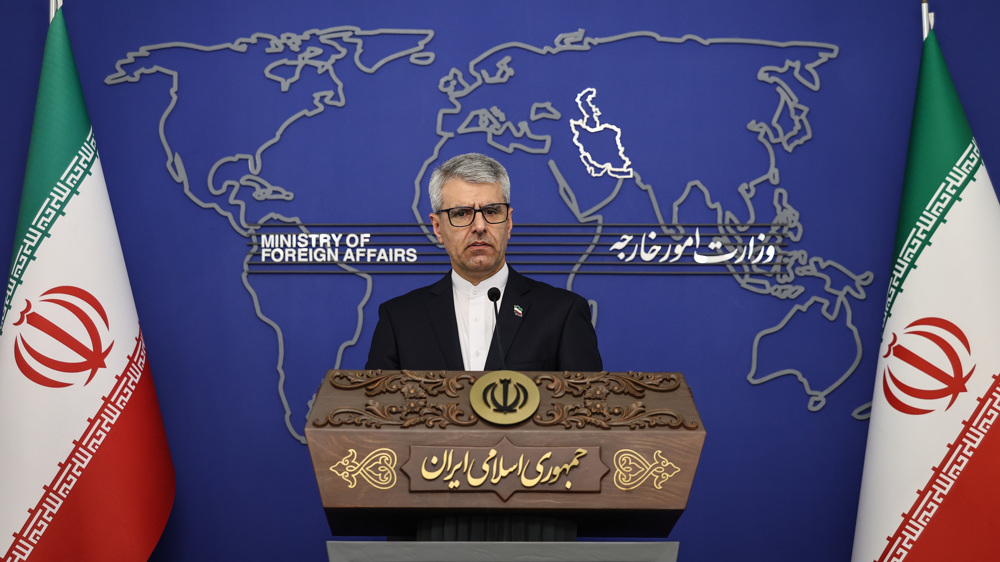Iran to send three domestically-developed satellites into orbit this year: Minister
Iranian Minister of Information and Communications Technology Mohammad Javad Azari Jahromi says the country plans to launch three domestically-developed satellites into orbit as it presses ahead with its aerospace program despite US warnings.
Speaking in an exclusive interview with Reuters on the sidelines of the International Telecommunication Union (ITU) World Summit on the Information Society (WSIS) Forum in the Swiss city of Geneva on Tuesday, Azari Jahromi stated that Tehran would not back down from launching the satellites, roundly dismissing US allegations that such activity is a cover for ballistic missile development.
“The rockets which have currently been developed in Iran for carrying satellites are not something that are a cover for another kind of rocket activity,” he said.
“Because if Iran wants to have missile activity it's something that it is doing openly. It's not something that is hidden. It's part of our right to defense,” the Iranian minister pointed out.
Earlier in the day, President of Iran's Space Research Center, Hossein Samimi, said Nahid-1 and Nahid-2 telecommunication satellites besides Pars-1 remote sensing satellite would be ready for launch by the end of the current Iranian calendar year (March 20, 2020).
Nahid-1 satellite will reportedly orbit the Earth at an altitude of between 250 kilometers and 310 kilometers, commonly known as Low Earth Orbit. The solar-powered satellite will carry out telecommunication missions.
Nahid-2 is to focus on the development and testing of basic technologies needed for building geostationary communication satellites with an operational life of two years.
Samimi highlighted that Nahid-1 satellite will be ready to be sent into orbit by mid-June, while Pars-1 will be prepared by mid-January 2020. Nahid-2 satellite will be launched into orbit by March 2020.
Iran launched its first locally-built satellite, Omid (Hope), in 2009. The country also sent its first bio-capsule containing living creatures into space in February 2010, using a Kavoshgar-3 (Explorer-3) carrier.
In February 2015, Iran placed its domestically-made Fajr (Dawn) satellite into orbit, which is capable of taking and transmitting high-quality photos to stations on Earth.
Iran’s satellite launches come despite threats by the United States that argues such launches ran counter to the 2015 nuclear deal between and world powers as well as the relevant UN Security Council resolution that endorsed it.
In response, Iran has stressed that there is no military aspect to its satellite activity and that its missile tests are not banned under the Joint Comprehensive Plan of Action (JCPOA) or UNSC Resolution 2231, because the missiles are not designed to deliver nuclear warheads.
Donors receive favors from Trump’s fundraising machine post-election: Report
VIDEO | Odds against peace in Ukraine?
Iran plans launch of its heaviest ever satellite on Dec 28
Epstein abuse survivors slam US Justice Department over redacted files
VIDEO | Unintended consequences of a meaningless war
Iran’s IRGC says it has pulled out of Venezuela subway project
Ben-Gvir proposes 'crocodile prison,' mandatory death penalty for Palestinians
Iran set to simultaneously launch 3 satellites into space this week: Report

















 This makes it easy to access the Press TV website
This makes it easy to access the Press TV website